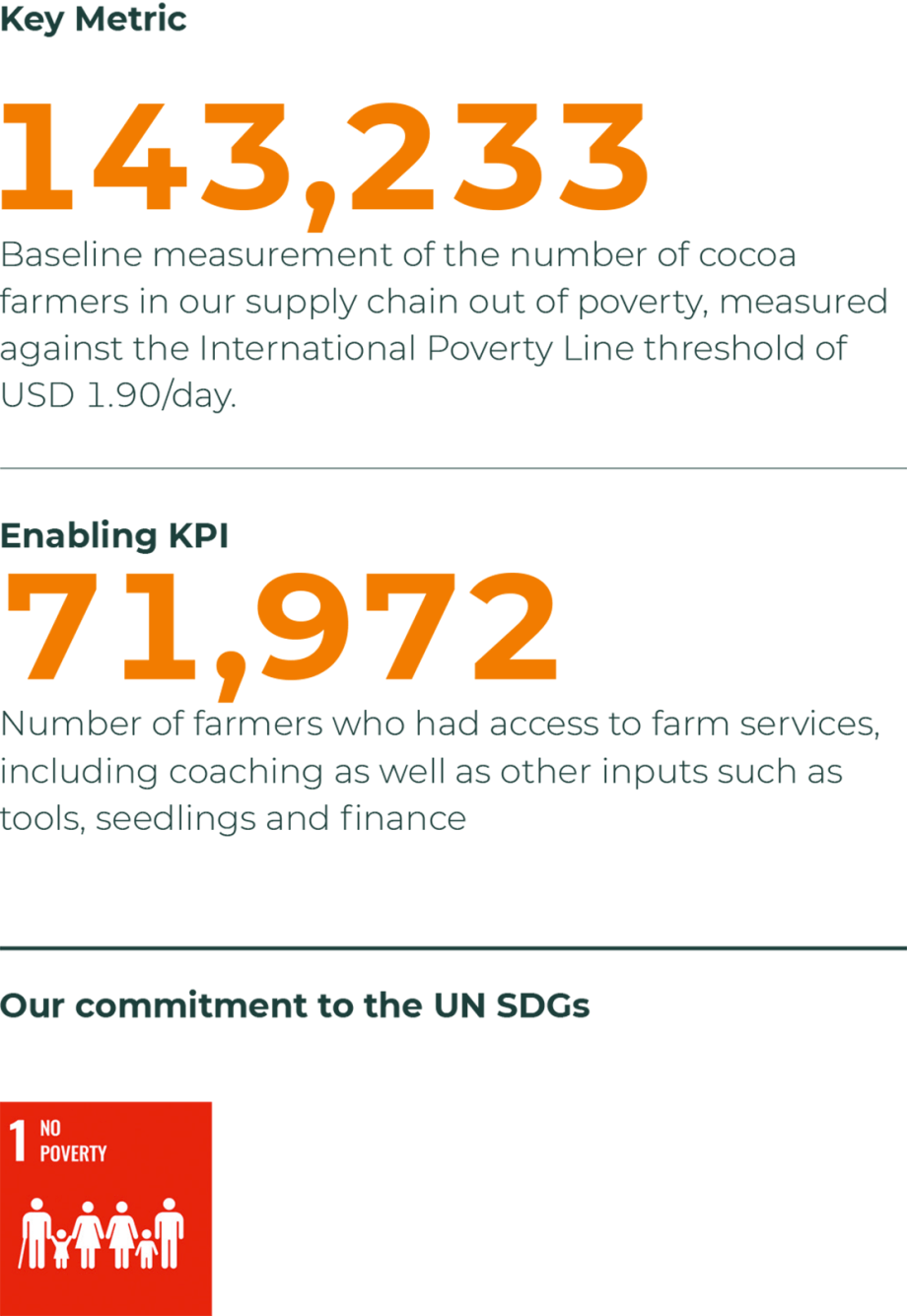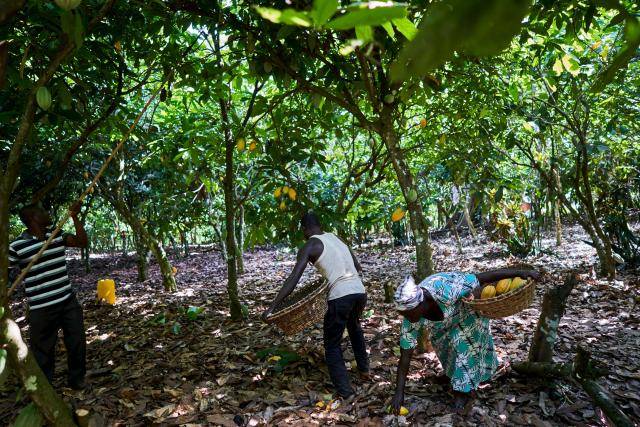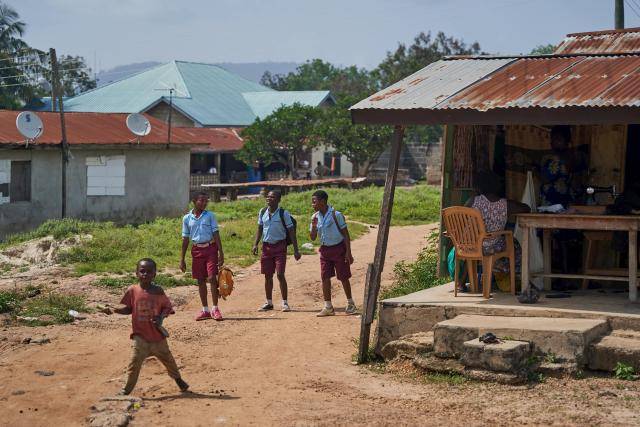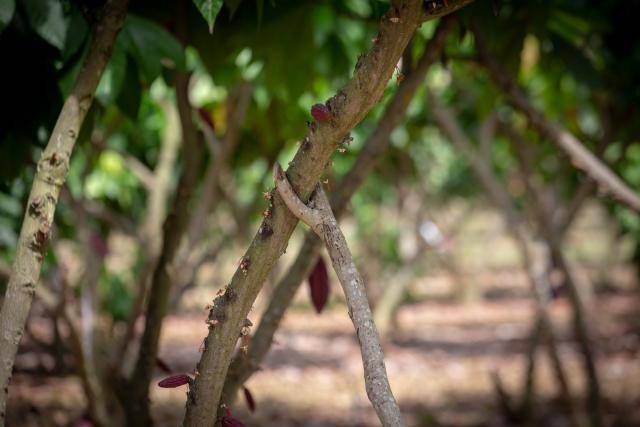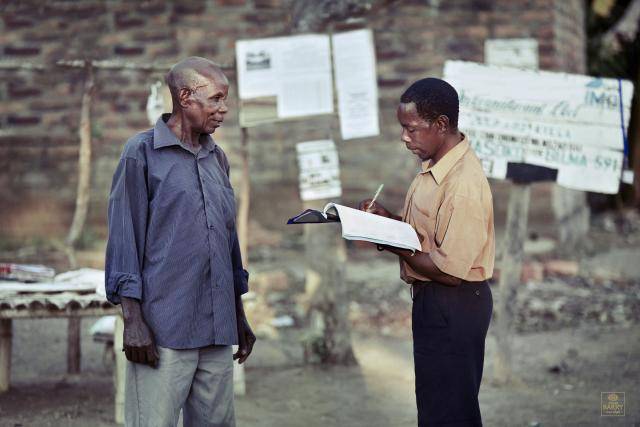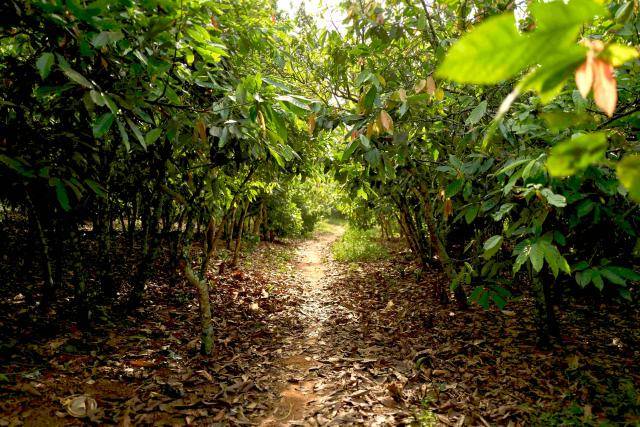Prospering Farmers 2019/20
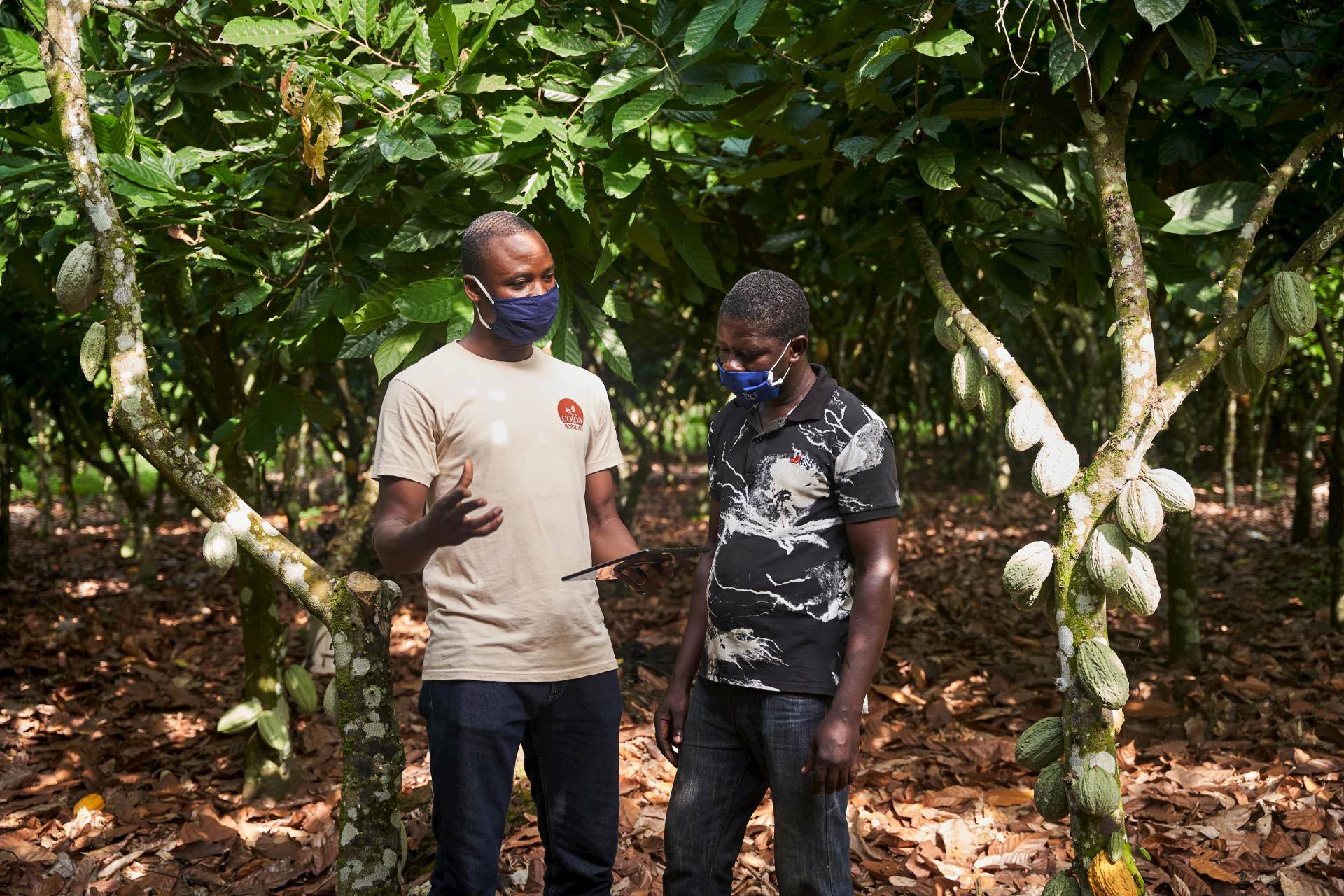
Prospering Farmers 2019/20
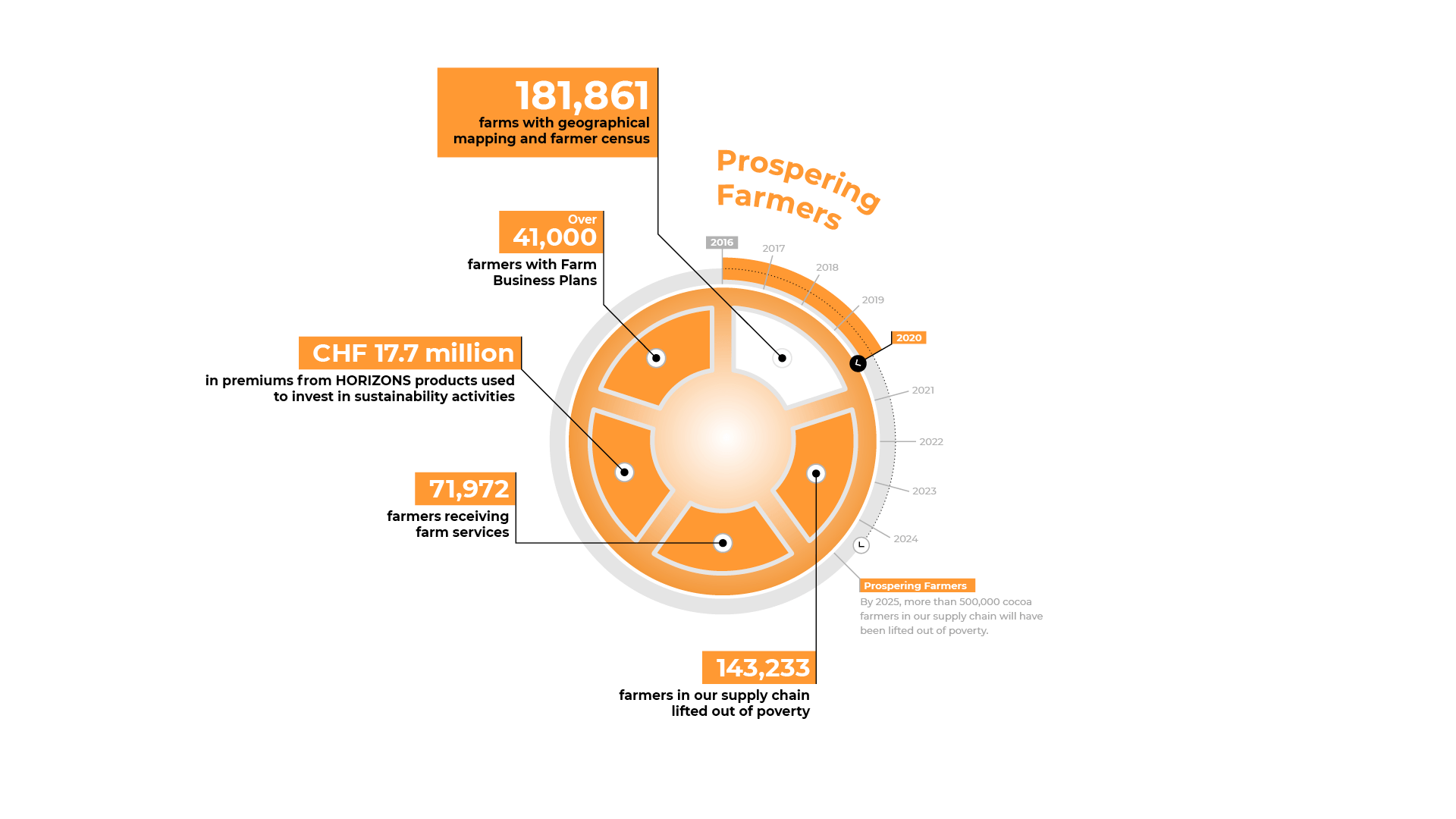

Our approach

Bee-keeping, Ghana. Pilot activities include interventions to increase cocoa productivity as well as crop and income diversification
Through our pilot projects in Côte d’Ivoire, Ghana, Cameroon, Brazil and Indonesia, launched in fiscal year 2016/17, we have tested innovative approaches of country-specific sustainable cocoa farming models. At farm level, the pilot activities encompass interventions to increase cocoa productivity as well as crop and income diversification. In the evaluation of our pilots, which will be undertaken in 2021 by Wageningen University in the Netherlands, each activity will be assessed for its scalability, financial viability, farmer adoption and impact on farmer income and livelihood.
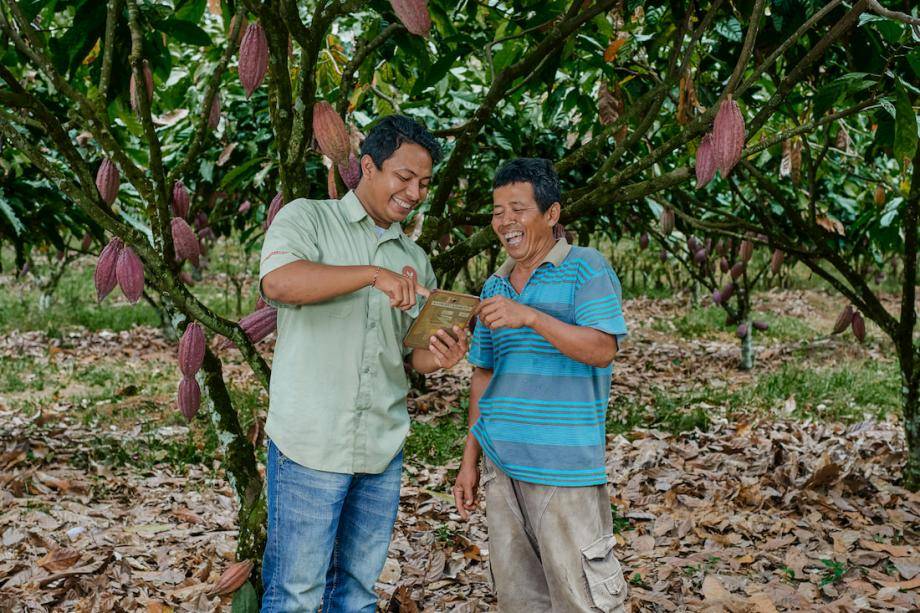
By continuing to gather farmer data, we are capturing a more detailed picture of farmer needs.
Despite the challenges of COVID-19, our Katchilè database continued to expand in 2019/20. We have increased the number of farmers with full data to 181,861. This means we have mapped the geographical location, as well as the size of 277,566 (+14%)1 active cocoa farms, covering 72% of our direct supply chain in 2019/20. We also increased census interviews with cocoa farmers to 291,377 (+27%), capturing socio-economic and household data. By continuing to gather farmer data, we are capturing a more detailed picture of farmer profiles and gaining a better understanding of farmer needs.
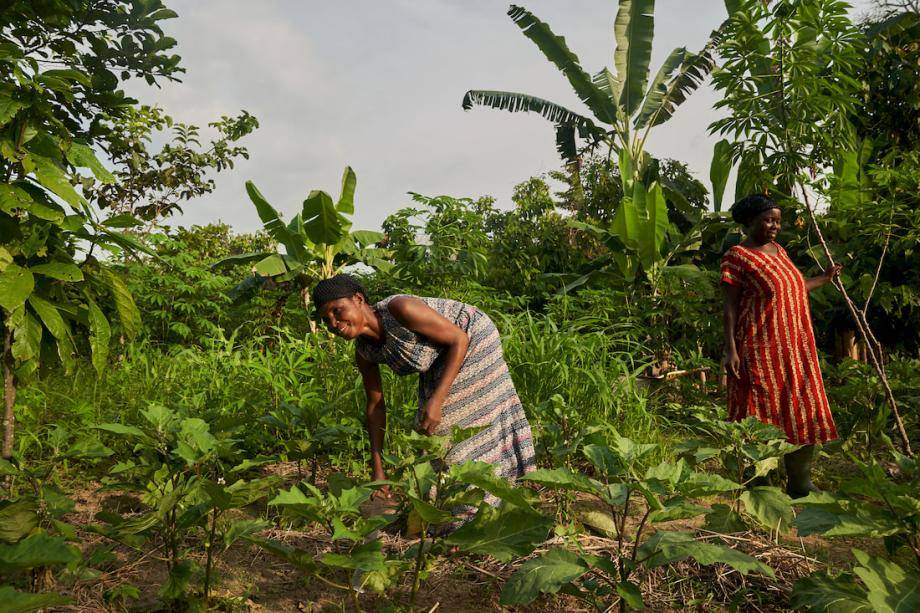
Vegetable farming. Through Farm Services we offer tailor-made services to cocoa farmers, such as crop and livestock diversification.
Data is also being collected through our Farm Services App to produce individual Farm Business Plans (FBPs), which are 10-year projections of what a farm could produce in terms of cocoa volumes, turnover and net income, if optimal inputs and farming techniques are applied. Through Farm Services, we offer tailor-made services to farmers, such as individual coaching, agricultural inputs, tools, planting materials and crop and livestock diversification. Supporting farmers with the appropriate offering is the key cornerstone of our multi-year FBPs, which present the farmers a journey out of poverty based on their individual situation and farm profile. This year, 41,178 (+153%) farmers have adopted FBPs.
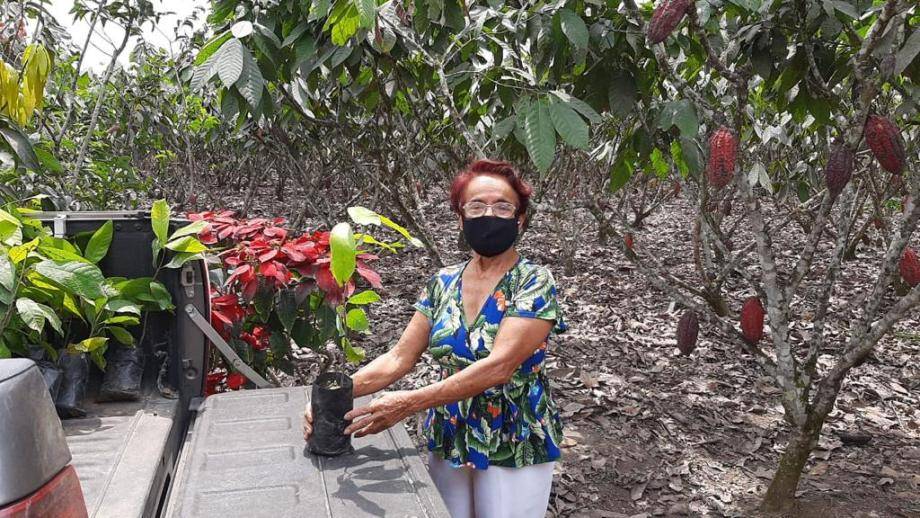
Cocoa farmer Nèlida Moràn Reyes, receives cocoa seedlings, Ecuador.
Furthermore, through our Farm Services business, we distributed over 2.0 million (+19%) cocoa seedlings and over 1.6 million (+124%) shade trees. Furthermore, over 21,000 farmers received a productivity package, which include training on tree pruning techniques and the use of fertilizer.
Our measured impact
For the measurement of the progress against our target to lift over 500,000 cocoa farmers out of poverty by 2025, we are using as a starting point the International Poverty Line definition of extreme poverty2 of USD 1.90/day. This threshold is the first stage. Our activities are directed to support farmers to get on a trajectory towards a living income and beyond, through increased productivity and income diversification. This is also why we support the addition of a Living Income Differential (LID) to the cocoa price in Côte d'Ivoire and Ghana and why we committed to a living income under several national sustainable cocoa initiatives.
In 2019/20, measured against the International Poverty Line threshold of USD 1.90/day, we estimate 143,233 cocoa farmers (+37%)3 in our supply chain are out of poverty. In 2019/20, 71,972 (+ 56%) farmers in Côte d’Ivoire, Ghana, Cameroon, Brazil and Indonesia had access to farm services, including coaching as well as other inputs such as tools, seedlings and finance. It remains a challenge to establish a causal relationship between farmers with access to farm services and the productivity per hectare for these farmers. This is due to the difficulty in excluding other external factors which can positively and negatively affect farmer productivity, i.e. weather conditions. We have therefore decided to refrain from reporting on this KPI for 2019/20. We will use the next fiscal year to review the methodology for this KPI.
1 For comparison reasons, the fiscal year 2018/19 number of farms mapped with geographic location and size has been restated to 243,683 to reflect the revised methodology
2 https://www.worldbank.org/en/topic/measuringpoverty
3 For comparison reasons, the fiscal year 2018/19 baseline measurement of the number of cocoa farmers in our supply chain out of poverty, measured against the World Bank’s USD 1.90/day threshold for extreme poverty has been restated to 104,645 to reflect the revised methodology.
